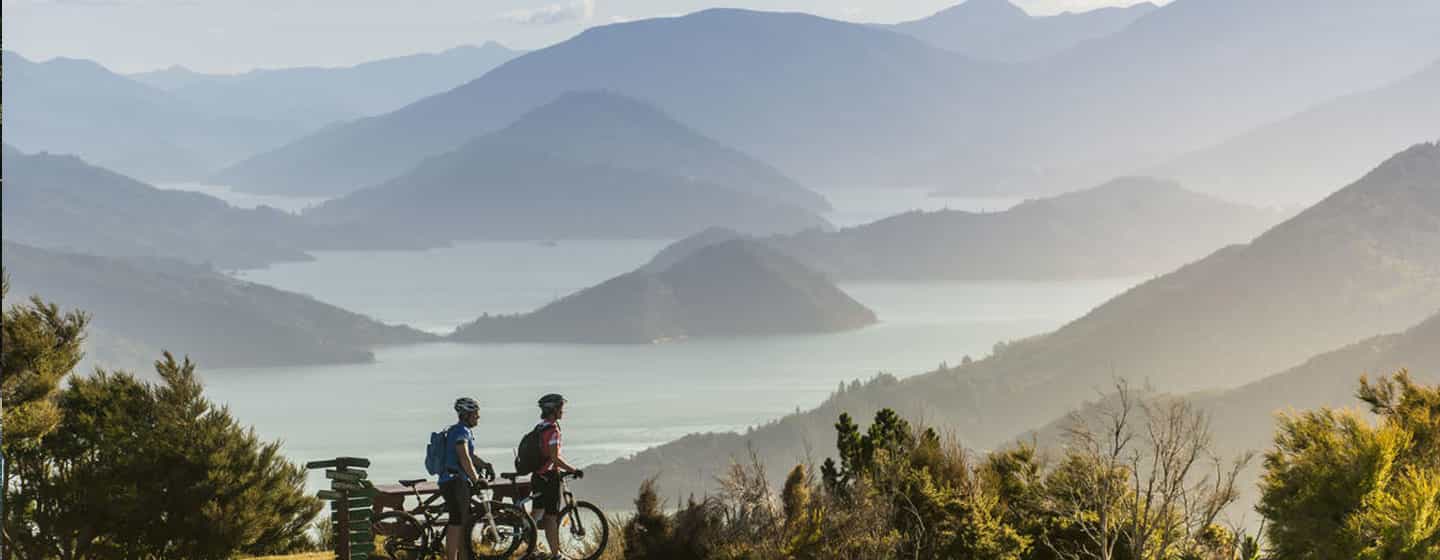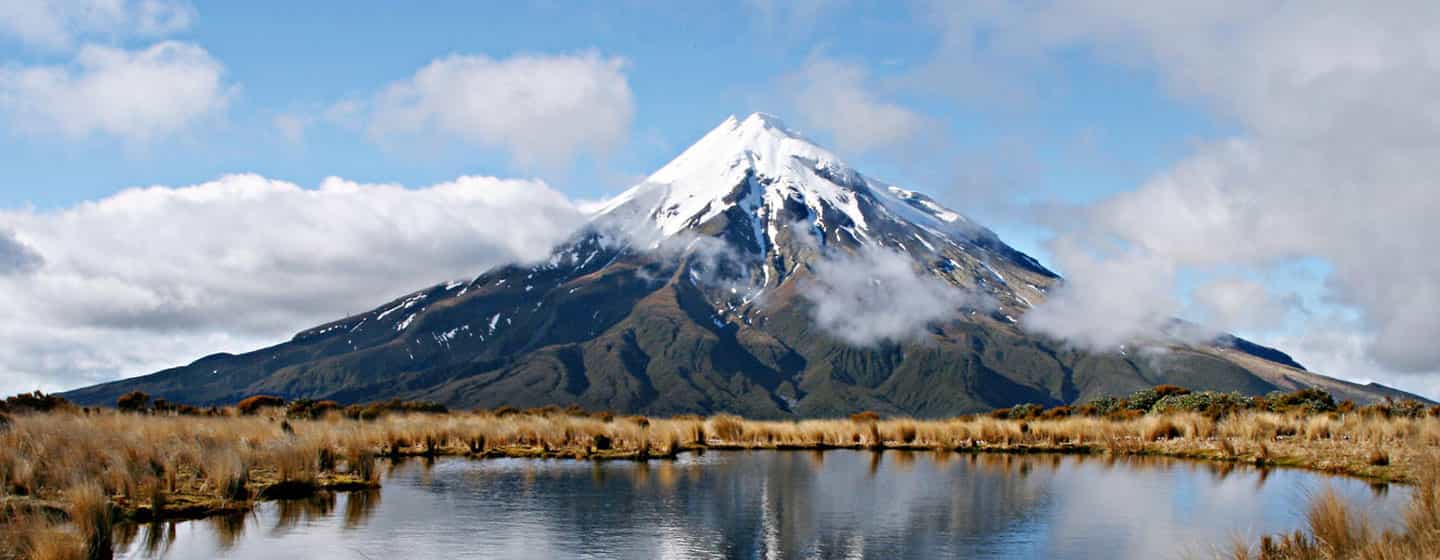KIA ORA Welcome to New Zealand
New Zealand is a land of great contrasts and diversity. Active volcanoes, spectacular caves, deep glacier lakes, verdant valleys, dazzling fjords, long sandy beaches, and the spectacular snowcapped peaks of the Southern Alps/Kā Tiritiri o te Moana on the South Island—all contribute to New Zealand’s scenic beauty. New Zealand also has a unique array of vegetation and animal life, much of which developed during the country’s prolonged isolation. It is the sole home, for example, of the long-beaked, flightless kiwi, the ubiquitous nickname for New Zealanders.
New Zealand was the largest country in Polynesia when it was annexed by Great Britain in 1840. Thereafter it was successively a crown colony, a self-governing colony (1856), and a dominion (1907). By the 1920s it controlled almost all of its internal and external policies, although it did not become fully independent until 1947, when it adopted the Statute of Westminster. It is a member of the Commonwealth.
Geological Structure
New Zealand is about 1,000 miles (1,600 km) long (north-south) and about 280 miles (450 km) across at its widest point. The country has slightly less surface area than the U.S. state of Colorado and a little more than the United Kingdom. About two-thirds of the land is economically useful, the remainder being mountainous. Because of its numerous harbours and fjords, the country has an extremely long coastline relative to its area.
Both the North and the South islands are roughly bisected by mountains. Swift snow-fed rivers drain from the hills, although only in the east of the South Island have extensive alluvial plains been built up.
There are more than 360 glaciers in the Southern Alps/Kā Tiritiri o te Moana. The Tasman Glacier, the largest in New Zealand, with a length of 18 miles (29 km) and a width of more than 0.5 mile (0.8 km), flows down the eastern slopes of Aoraki/Mount Cook. Other important glaciers on the eastern slopes of the Southern Alps/Kā Tiritiri o te Moana are the Murchison, Mueller, and Godley; the Fox and Franz Josef are the largest on the western slopes. The North Island has seven small glaciers on the slopes of Mount Ruapehu.


